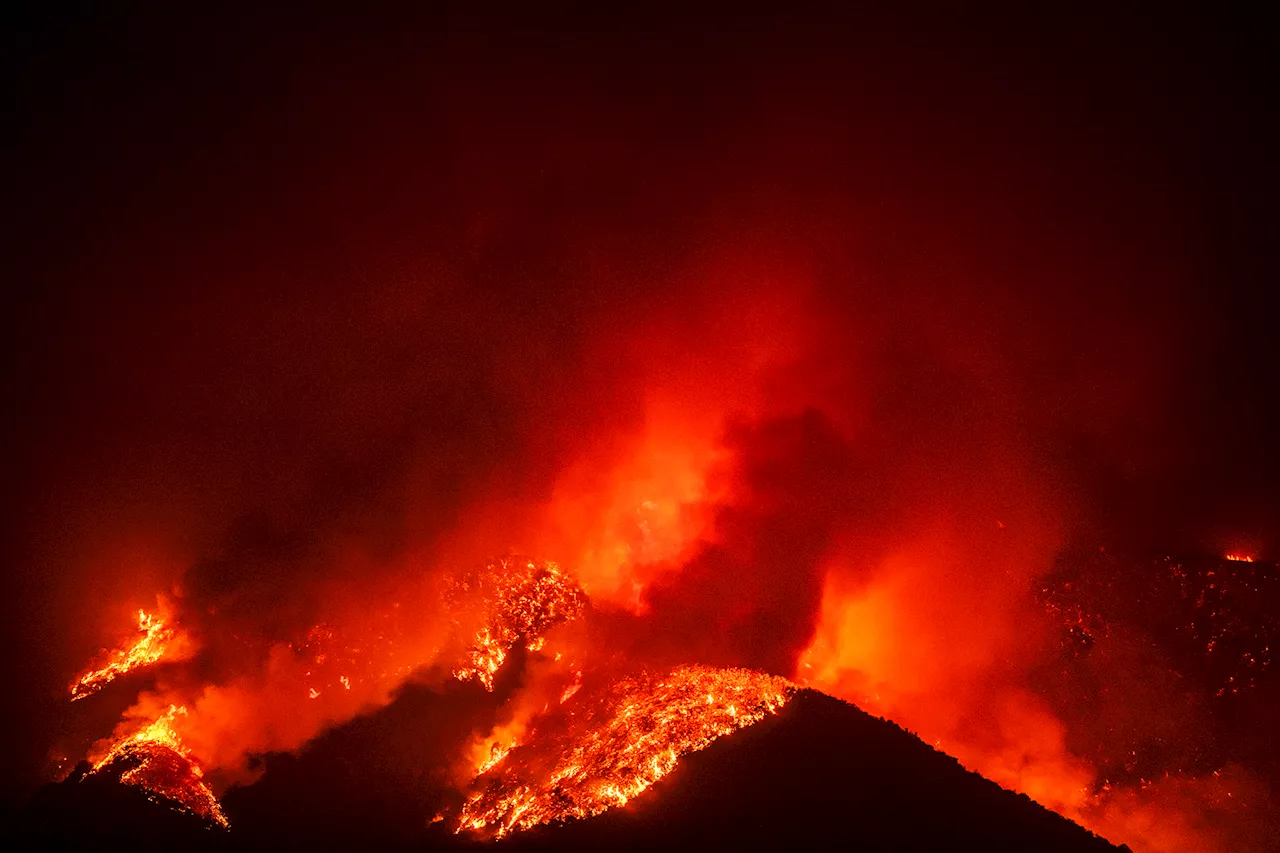A CalMatters analysis reveals that millions of Californians live in the wildland urban interface (WUI), a zone where human development meets natural landscapes, making them highly susceptible to wildfires. Explore the factors contributing to the growing risk in California's WUI and the challenges of mitigating the devastating impacts of wildfires.
As of 2020, nearly 14 million Californians, or 1 in 3, lived in the sprawling 7-million-acre zone that makes up the wildland urban interface ( WUI ). This area, where human development and natural landscapes blur, is particularly vulnerable to wildfires, often resulting in devastating consequences. The WUI grows by about 2 million acres per year nationwide, according to the U.S. Fire Administration.
When wildfires approach these areas, the results can be hazardous as a fire can transition from consuming trees, shrubs, and plants to devouring homes and other structures often constructed in ways that are vulnerable to burning. A CalMatters analysis found that nearly 45% of homes built between 1990 and 2020 are located in places with lots of vegetation ready to fuel a fire. In just a single month of 2025, California experienced the second most destructive fire year in its history. Over 16,000 homes and other structures were damaged or destroyed by two major fires in the Los Angeles area - the Palisades and Eaton fires. The majority of these structures were located within the WUI, with communities like Altadena, where the San Gabriel Valley meets the San Gabriel Mountains, bearing the brunt of the damage.Cal Fire, the state's fire agency, has inspected all buildings within 100 meters of a fire perimeter and assessed the level of damage since 2018. The most destructive fires in California history have largely damaged or destroyed homes within the WUI.The Camp Fire, the deadliest and most destructive fire in California history, destroyed the town of Paradise in Butte County in 2018. This massive blaze burned both the natural and built environment, damaging or destroying nearly 20,000 structures and killing 85 people. While the WUI designation highlights areas vulnerable to wildfires, some experts argue that it's not the only or best metric for assessing fire risk. They point out that the boundary between wild and urban landscapes doesn't always translate to high fire risk, citing the 2017 Tubbs Fire in Sonoma County as an example. The Coffey Park neighborhood of Santa Rosa was nearly leveled despite being slightly outside the WUI
Wildland Urban Interface California Wildfires Climate Change Fire Risk WUI Property Damage
United States Latest News, United States Headlines
Similar News:You can also read news stories similar to this one that we have collected from other news sources.
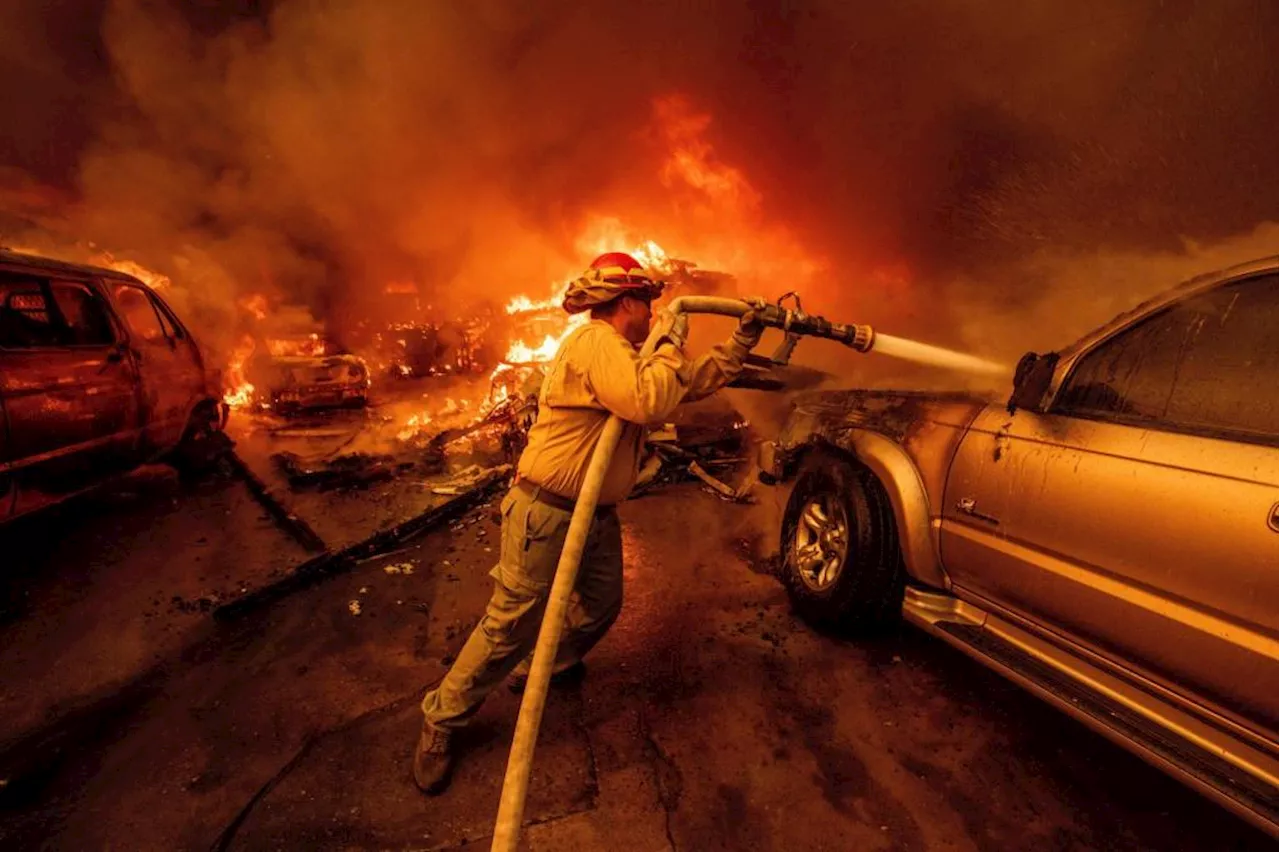 Wildfires Rage in California's Wildland-Urban InterfaceTwo major wildfires, the Palisades Fire and the Eaton Fire, are ravaging Southern California, fueled by dry conditions and the wildland-urban interface where homes meet open lands. The increasing number of people living in this risky zone, combined with climate change, is exacerbating the danger of wildfires. The fires have destroyed thousands of structures and forced evacuations, highlighting the urgent need for better fire prevention and mitigation strategies.
Wildfires Rage in California's Wildland-Urban InterfaceTwo major wildfires, the Palisades Fire and the Eaton Fire, are ravaging Southern California, fueled by dry conditions and the wildland-urban interface where homes meet open lands. The increasing number of people living in this risky zone, combined with climate change, is exacerbating the danger of wildfires. The fires have destroyed thousands of structures and forced evacuations, highlighting the urgent need for better fire prevention and mitigation strategies.
Read more »
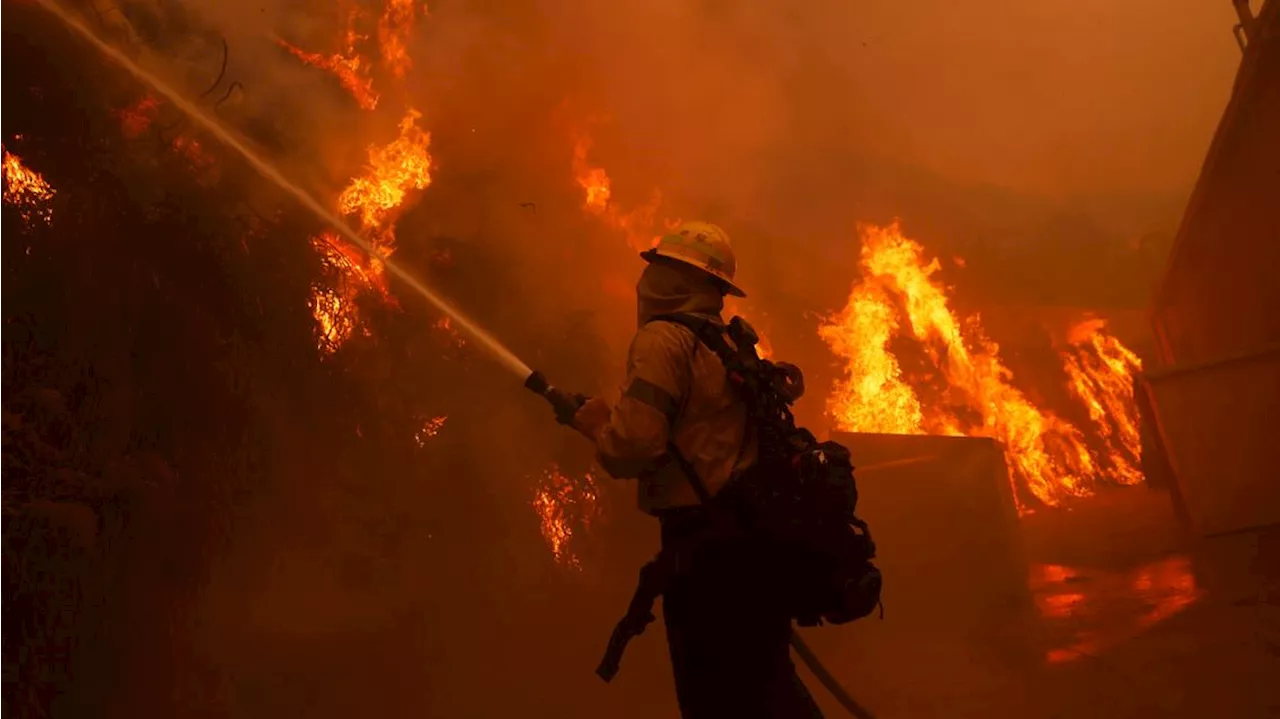 Hoosier Wildland Firefighter Shares Insights on Devastating California WildfiresA Hoosier firefighter with decades of experience battling wildfires across the nation offers insights into the challenges faced by crews fighting the raging California blazes, fueled by strong winds and posing a significant threat to lives and property.
Hoosier Wildland Firefighter Shares Insights on Devastating California WildfiresA Hoosier firefighter with decades of experience battling wildfires across the nation offers insights into the challenges faced by crews fighting the raging California blazes, fueled by strong winds and posing a significant threat to lives and property.
Read more »
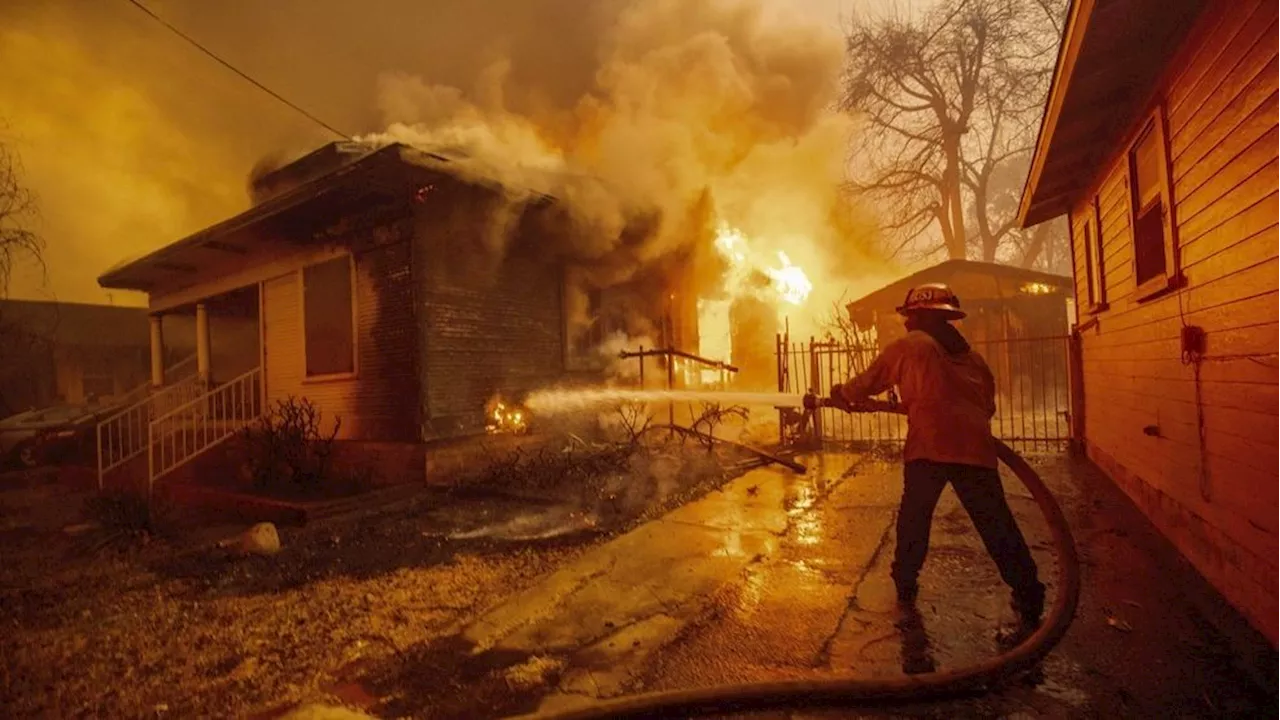 Washington crews answer urgent call, joining thousands to fight devastating LA wildfiresSome Washington wildland fire crews are on the road to Southern California.
Washington crews answer urgent call, joining thousands to fight devastating LA wildfiresSome Washington wildland fire crews are on the road to Southern California.
Read more »
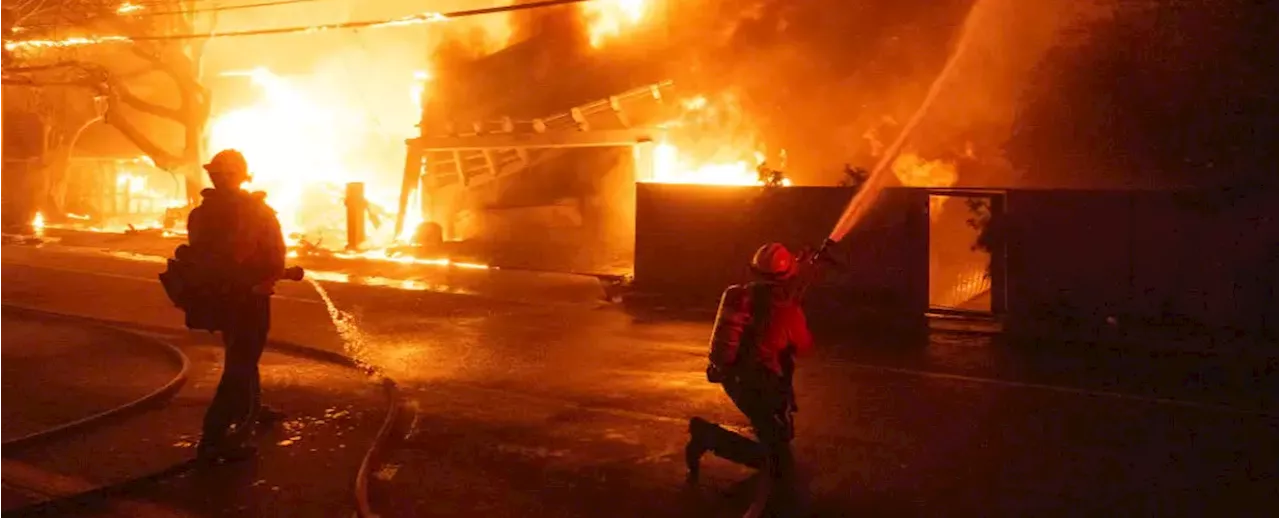 California Wildfires: 'Urban Firestorm' Ravages Malibu, Threatens Costliest Disaster in HistoryDevastating wildfires fueled by powerful winds have ripped through Malibu and surrounding areas in California, causing widespread destruction and raising concerns about the costliest wildfire disaster in US history.
California Wildfires: 'Urban Firestorm' Ravages Malibu, Threatens Costliest Disaster in HistoryDevastating wildfires fueled by powerful winds have ripped through Malibu and surrounding areas in California, causing widespread destruction and raising concerns about the costliest wildfire disaster in US history.
Read more »
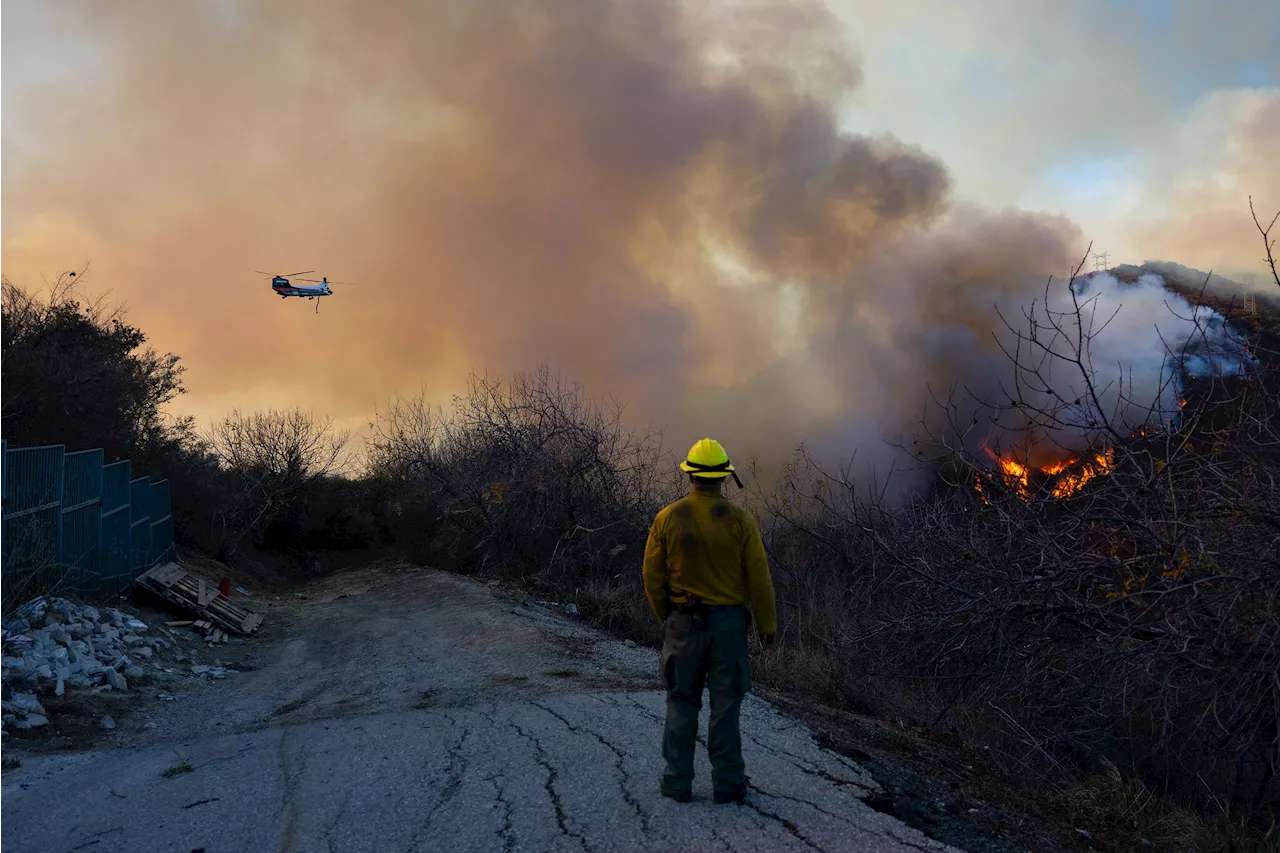 California Wildfires: The Cost of Urban SprawlThe recent devastating wildfires in Los Angeles highlight the dangerous consequences of unchecked urban development encroaching on fire-prone wildlands. Despite warnings from environmentalists and policymakers, powerful real estate and construction interests have successfully pushed back against measures to limit development in high-fire-risk areas.
California Wildfires: The Cost of Urban SprawlThe recent devastating wildfires in Los Angeles highlight the dangerous consequences of unchecked urban development encroaching on fire-prone wildlands. Despite warnings from environmentalists and policymakers, powerful real estate and construction interests have successfully pushed back against measures to limit development in high-fire-risk areas.
Read more »
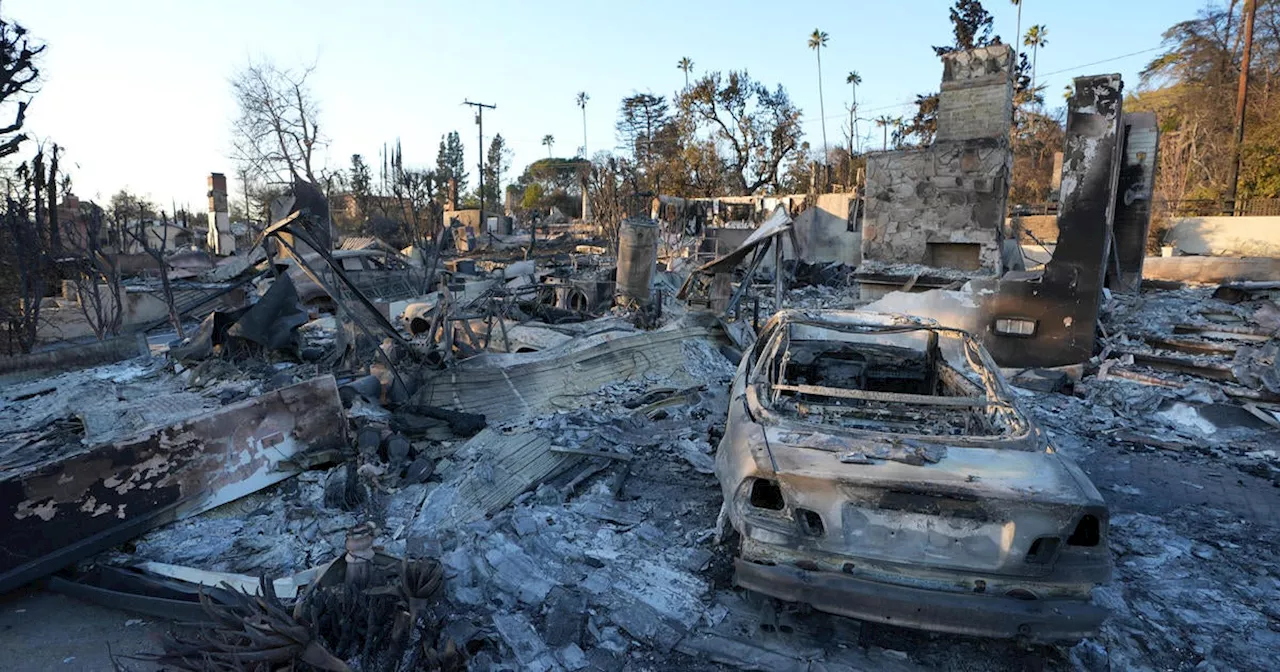 California Wildfires: A Familiar Tragedy of Urban Sprawl and Climate ChangeThe Eaton Fire in Los Angeles has tragically destroyed homes and neighborhoods, highlighting a growing pattern of urban sprawl encroaching on wild areas and exacerbated by the impacts of climate change. Experts warn that the fight against these increasingly intense wildfires is unwinnable, urging a shift in perspective from domination to coexistence with nature.
California Wildfires: A Familiar Tragedy of Urban Sprawl and Climate ChangeThe Eaton Fire in Los Angeles has tragically destroyed homes and neighborhoods, highlighting a growing pattern of urban sprawl encroaching on wild areas and exacerbated by the impacts of climate change. Experts warn that the fight against these increasingly intense wildfires is unwinnable, urging a shift in perspective from domination to coexistence with nature.
Read more »
